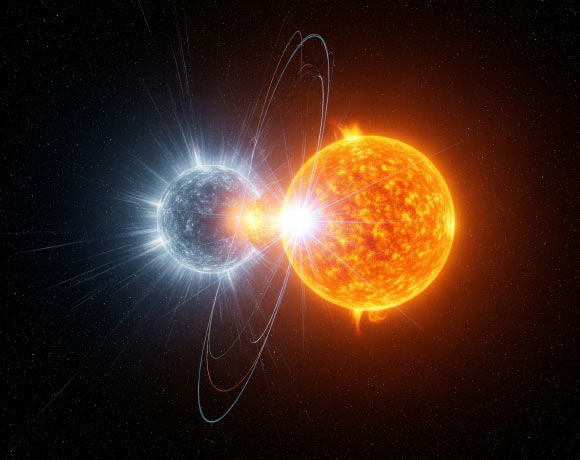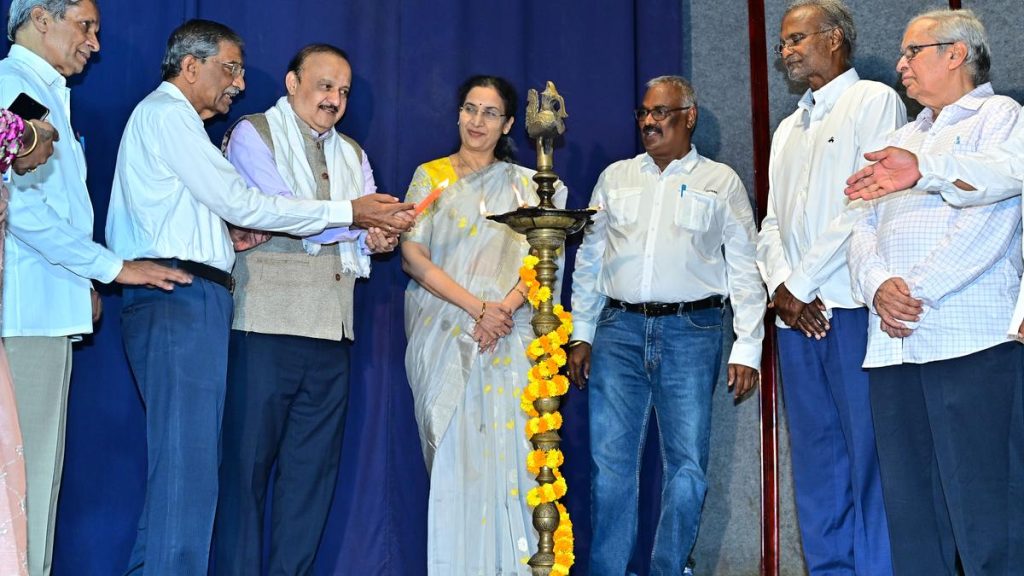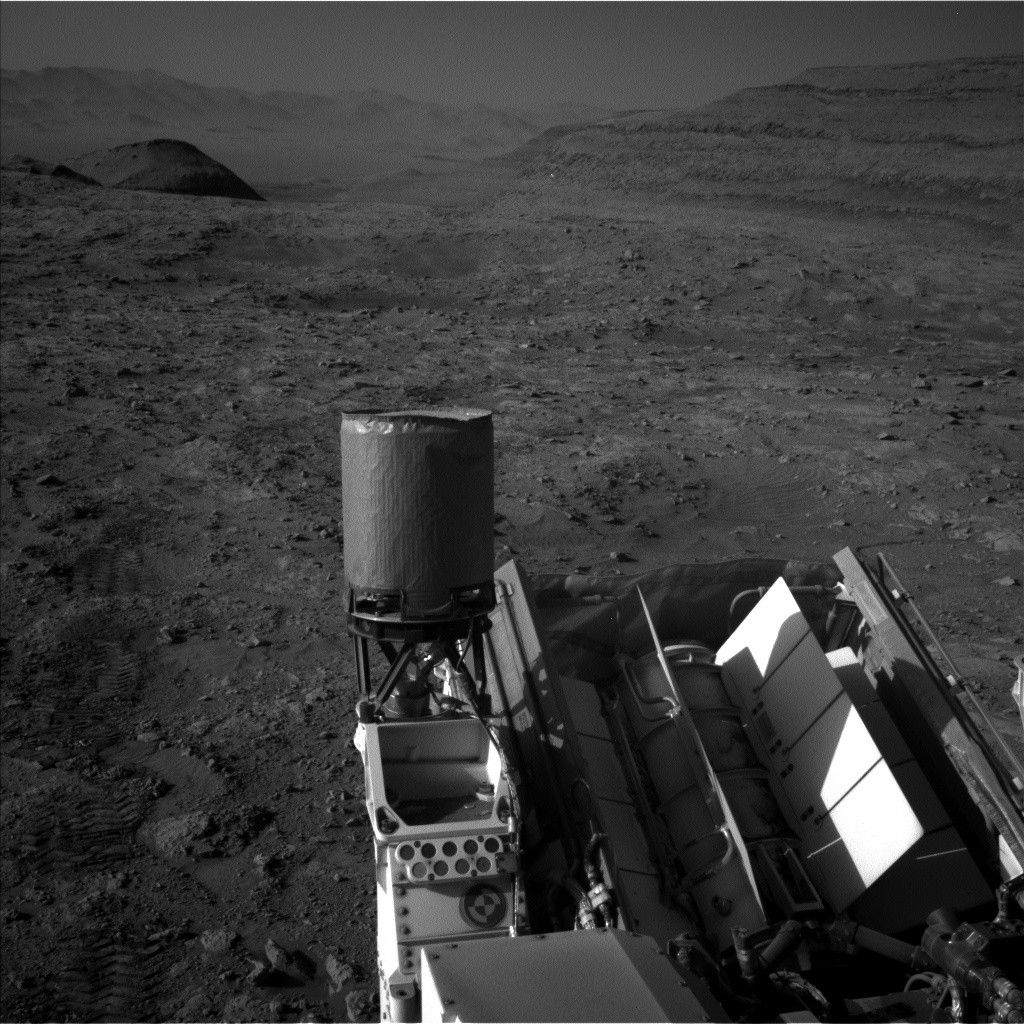Now Reading: Scientists Discover Rare Binary System with Neutron Star Inside Another Star
-
01
Scientists Discover Rare Binary System with Neutron Star Inside Another Star
Scientists Discover Rare Binary System with Neutron Star Inside Another Star

Swift Summary
- Scientists characterized a unique compact binary system containing a millisecond pulsar (PSR J1928+1815) and its helium star companion.
- Millisecond pulsars are neutron stars that achieve rapid rotation rates by siphoning matter from close stellar companions.
- This binary system was studied using the five-hundred-meter Aperture Spherical radio Telescope (FAST), revealing:
– The pulsar has a spin period of 10.55 milliseconds.
– It resides with a helium star on a tight orbital period of just 3.6 hours.
- The formation likely involved an unstable mass transfer, creating a common envelope around both stars, followed by the ejection of this envelope and leaving behind the compact binary system observed today.
- The companion helium star has solar masses ranging between 1.0 and 1.6, eclipses the pulsar for about 17% of its orbit, and is undetected in other wavelengths-an indicator it is indeed likely stripped during evolutionary processes.
- Researchers estimate that ther might potentially be between 16 to 84 similar systems within our Milky Way galaxy.
Indian Opinion Analysis
This discovery contributes substantially to astrophysics and offers insights into how exotic systems like millisecond pulsars paired with stripped helium stars form through complex interactions such as unstable mass transfers and common envelope evolution mechanisms.
while India’s space research institutions like ISRO focus predominantly on planetary exploration or satellite progress, studies such as these underscore emerging opportunities to expand collaborations in astrophysical phenomena explorations-areas that are vital for advancing fundamental scientific knowledge while indirectly aiding technologies relevant in space programs.
Such partnerships or home-grown initiatives could enrich India’s scientific landscape by delving deeper into understanding cosmic systems-a growing frontier critical not only for general cosmology but also mapped back potentially applied innovations benefiting aerospace sectors globally.

























